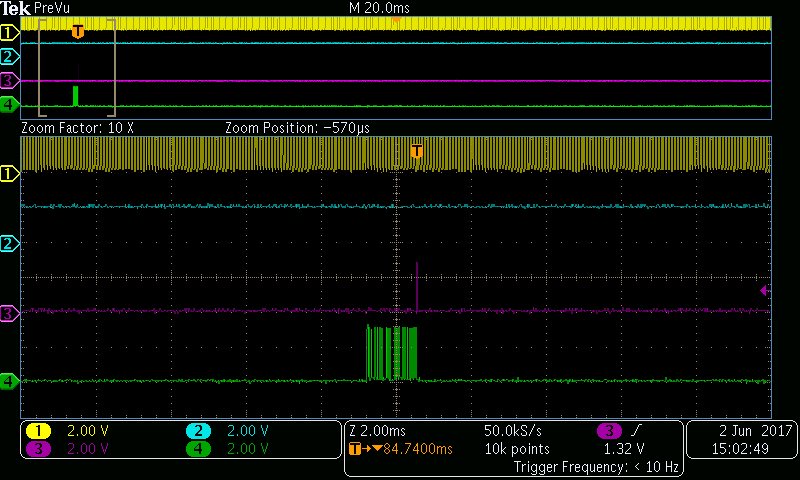Hello all,
A professor ask,
I have a project with 217 pieces TLC5951. I can control the brightness and the color. However, there is still one problem that I can't figure out:
If I send the full value for the color (e.g. 4095 for red) it works fine. but if I send less value e.g. 2048 instead of 4095, the LED flashes. As lower the value, stronger is the flash (because the flash-pause increases).
Why is this and how can I fix it?
To my construction: I send the RGB-data (GS in the datasheet) via GSSIN and the brightness and settings (DC in the datasheet) via DCSIN.
Anyone can help me with this?
Thank you in advance



